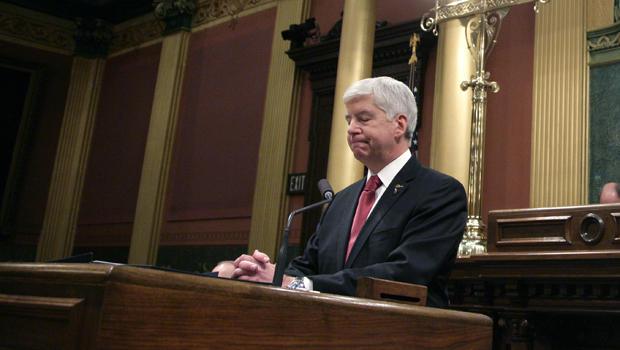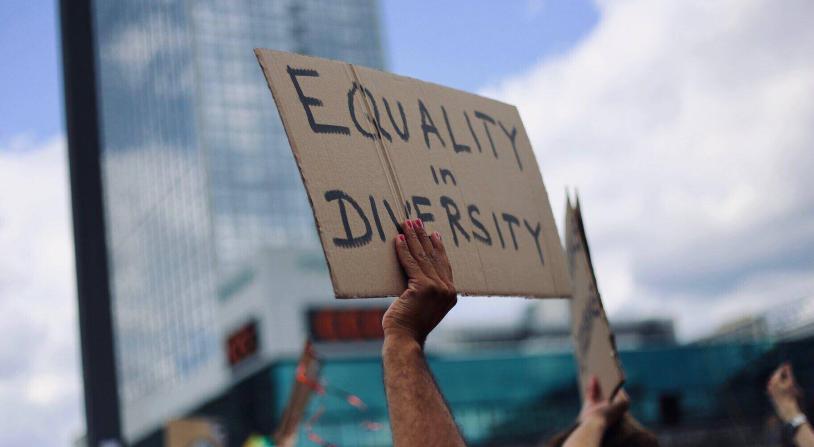Anyone that has spent any time following the news would certainly know by now that apologies are fairly commonplace these days. Whether someone’s apologizing for an honest mistake of an action that they didn’t think through, or their emotions got the better of them during a stressful situation, there has been no shortage of apologies. But there have also been cases where the wrong type of ‘sorry’ has ended up turning a bad situation worse. This means that the apology in question wasn’t effective and has then created a PR nightmare.
However, there are a few steps to take – here are some suggestions:
PR Overview
Make a Quick Response
If a situation has gone awry, the first and best thing to be doing is acting quickly to make the proper response. Because the faster that the right message gets out there, the easier it will be to take control of the narrative. And this is especially true in the age of social media, where things can turn nightmarish in an instant.
Often during any crisis PR situation its good to apologize if wrong (check with lawyers). This shows that the customers or the audience are the most important element in the situation and that whoever made the mistake, understands the severity of the situation. The statement should always include the apology at the very beginning, otherwise, it will end up sounding like a second thought in the situation.
Make Sure the Apology Sounds Sincere and Authentic
When crafting the perfect apology statement, making sure to get a second or even a third opinion on the way it sounds before it goes live is a great idea. Oftentimes an audience can tell when an apology is insincere. Use comfortable language but avoid business talk. And don’t try to plat the entire situation down.
Show That Steps Are Taken to Resolve the Situation
Aside from stating the apology and the promises to avoid making such mistakes in the future, it’s always effective to give a few details on all of the steps that will be taken to avoid similar situations in the future. Talk about what actions will be taken to resolve the issue, and elaborate if anything sounds unclear.
No excuses
When apologizing, never blame others for the mistakes. No one wants to hear that part of the story, as all they want to know is that the right prevention steps will be taken next time and nothing like that will happen in the future. Don’t make excuses or extensively talk about the reasons behind that mistake, as they make the brand sound like it’s trying to justify the entire situation and explain why it’s right.
All in all, just be simple and clear and make sure that everything that’s being said is honest and genuine.
Art of the Public Apology
It happens all the time: the public apology. The latest mea culpa comes from Michigan Gov. Rick Snyder, who during his State of the State address Tuesday apologized for the Flint water crisis. Snyder repeatedly said he was sorry and promised to fix the situation in Flint, where elevated lead levels were discovered in kids after state officials ignored warnings about the city water system, according to numerous reports. Flint families, the governor said, “deserve accountability (and) to know that the buck stops here, with me.”
In the last several years the public apology has proliferated at a rapid clip. Public apologies have become so ubiquitous that people tend not to take them too seriously. (We particularly like the suggestion from the Wall Street Journal’s Jason Gay to start The Apology Channel, whose ratings no doubt would go through the roof.)
Nonetheless, when facing a growing crisis government and public officials, corporate executives, celebrities and professional athletes resort to the public apology to try and cauterize the wound. But that doesn’t necessarily mean the problem will go away. PR pros and communicators have a crucial role to play in providing counsel on whether a public apology is appropriate.
Here’s a few tips to consider:
Weight the odds
As much as it seems a panacea, is a public apology the best plan to right the ship? Have you mapped out how your various stakeholders will respond to the apology? Sincerity, or a lack thereof, can be interpreted one million ways. Do you risk making a lousy situation worse? For example, state workers told USA Today that Synder’s apology was an “insult” and compared Snyder to Saddam Hussein, the former dictator of Iraq, who gassed his own citizens, because “Synder opened the door for (Flint families) to be poisoned.” Sometimes, getting an official or business executive out of his or her comfort zone to have what likely will be some very unpleasant meetings with stakeholders is a more effective strategy than a public apology.
Don’t be a weasel
If you have concluded that a public apology is the way to go, advise your client to keep it clean, meaning make sure the person who delivers the apology doesn’t couch it any way to make it sound less like an apology and more like a verbal chore. When public apologies backfire it’s often because stakeholders think they’re hearing a phony sentiment and not the real deal. If a public apology is going to resonate with stakeholders, it has to be unfettered and without mystery.
Work the follow-up
A public apology is not the culmination of a crisis-management strategy but often the beginning of one. That’s because a public apology often involves telling people what, specifically, you’re going to do to remedy a bad situation. If your boss or client fails to keep his or her word stemming from the apology, the official or executive will get barbecued by the media and the public alike. Use the apology as a marketing vehicle to take you where you want to go with the communications strategy. Don’t get derailed. Stick with it. Ultimately, PR pros can drive the effort to instill additional
The Use of Storytelling to Build Strong Brand Identity
In an increasingly crowded and competitive market, building a strong brand identity is essential...
Brand Positioning in a Competitive Food and Beverage Market
Brand positioning is increasingly important in the competitive food and beverage market. It's not...
The Role of Inclusive Branding in Multicultural Marketing
In today's diverse and multicultural society, brands have a responsibility to embrace inclusive...



